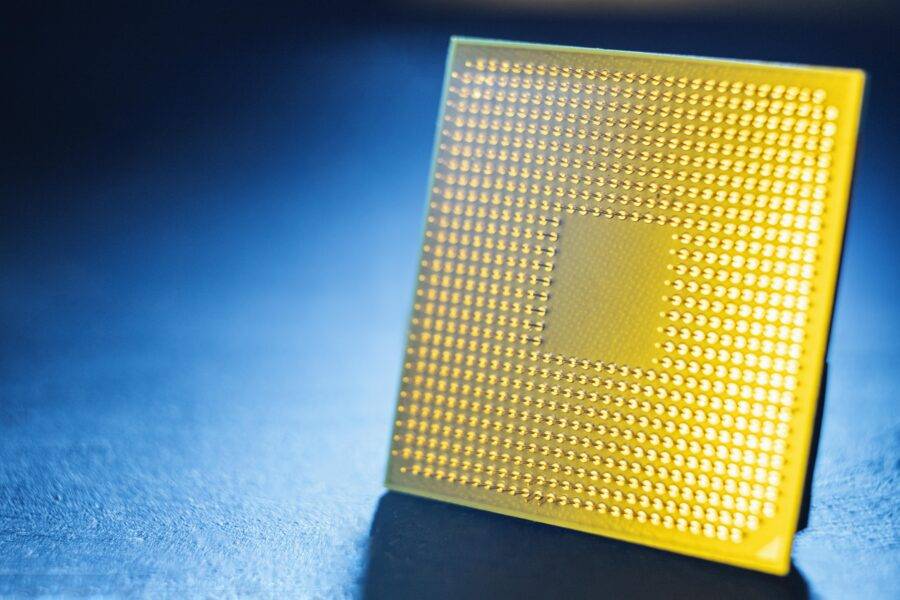Exploring the Endless Possibilities of Graphene Electronics: A Game-Changer for End Users

Introduction:
In the realm of electronics, one material stands out for its remarkable properties and potential to revolutionize various industries: graphene. As a single layer of carbon atoms arranged in a hexagonal lattice, graphene exhibits extraordinary strength, flexibility, and conductivity. This blog delves into the exciting applications of graphene electronics across different end-user sectors, showcasing its transformative impact on technology and innovation.
Consumer Electronics:
In the fast-paced world of consumer electronics, graphene’s lightweight and flexible nature make it an ideal candidate for next-generation devices. From ultra-thin and bendable displays to high-performance batteries with faster charging capabilities, graphene is poised to redefine the consumer electronics landscape. Imagine smartphones with unbreakable screens, wearables that seamlessly integrate into clothing, and energy-efficient devices that last longer on a single charge.
Healthcare:
Graphene’s biocompatibility and conductivity have sparked a wave of innovations in healthcare. Graphene-based biosensors offer unprecedented sensitivity and accuracy for detecting biomarkers, enabling early disease diagnosis and personalized medicine. Furthermore, graphene’s antimicrobial properties make it suitable for medical implants and wearable health monitoring devices, contributing to improved patient care and outcomes.
Automotive:
In the automotive industry, graphene holds the promise of lighter, stronger, and more energy-efficient vehicles. Graphene-enhanced composites can reduce the weight of automotive components while enhancing structural integrity and crash resistance. Moreover, graphene-based batteries and supercapacitors offer higher energy density and faster charging, driving the shift towards electric and autonomous vehicles.
Energy:
Graphene’s exceptional conductivity and transparency have made it a game-changer in the energy sector. Graphene-based materials hold tremendous potential for enhancing the performance of solar cells, enabling higher efficiency and lower manufacturing costs. Additionally, graphene can improve the storage and transmission of energy in batteries and supercapacitors, paving the way for renewable energy integration and grid modernization.
Aerospace and Defense:
In aerospace and defense applications, graphene’s lightweight and strength-to-weight ratio are highly coveted. Graphene composites can be used to manufacture lighter and more durable aircraft components, reducing fuel consumption and emissions. Furthermore, graphene-based sensors and coatings offer enhanced performance in radar systems, stealth technology, and protective gear, bolstering national security and defense capabilities.
Read more from our latest study on Graphene Electronics Market by IHR Insights.
Conclusion:
As graphene electronics continue to evolve and mature, the possibilities are virtually limitless. From consumer electronics to healthcare, automotive, energy, aerospace, and defense, graphene is driving innovation across diverse end-user sectors. As researchers and engineers push the boundaries of what’s possible, we can expect to see even more groundbreaking applications of graphene in the years to come, shaping the future of technology and transforming industries worldwide.
– Analyst Team
IHR Insights
inquiry@ihrinsights.com

